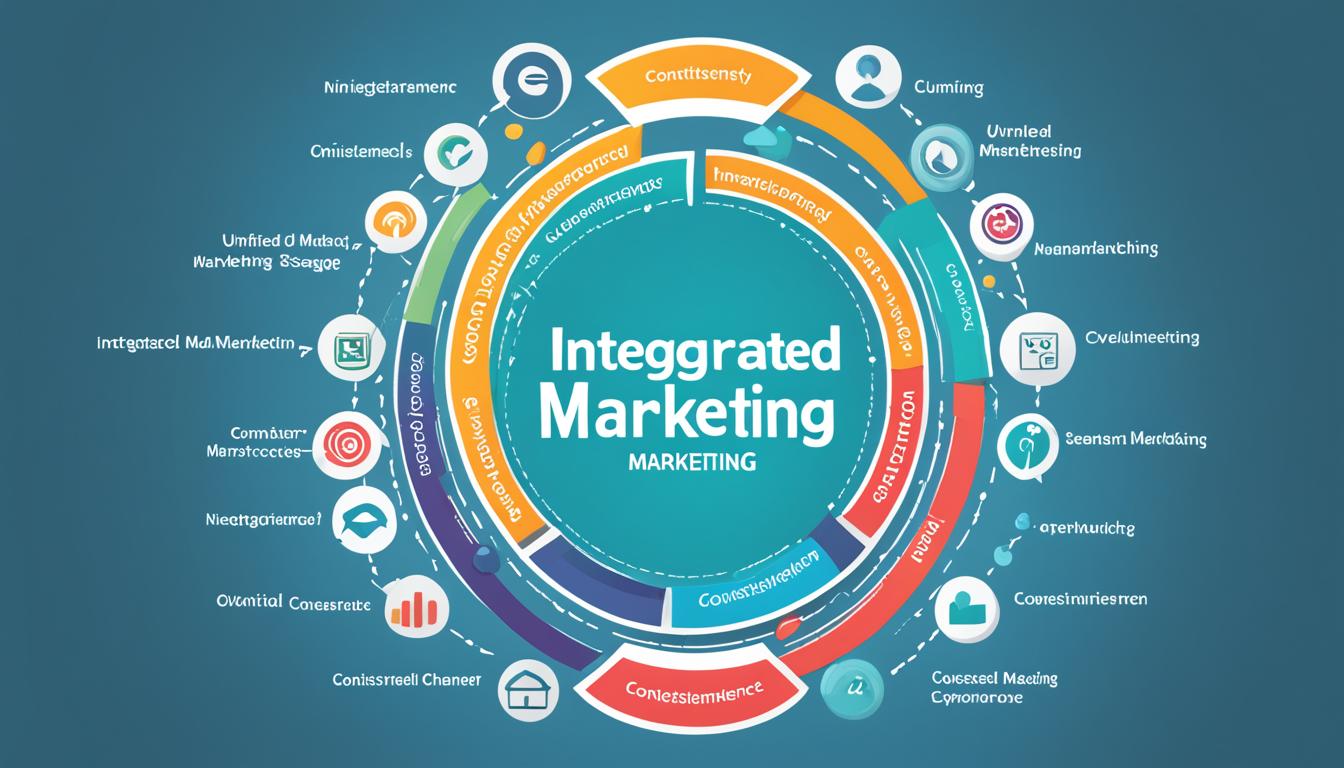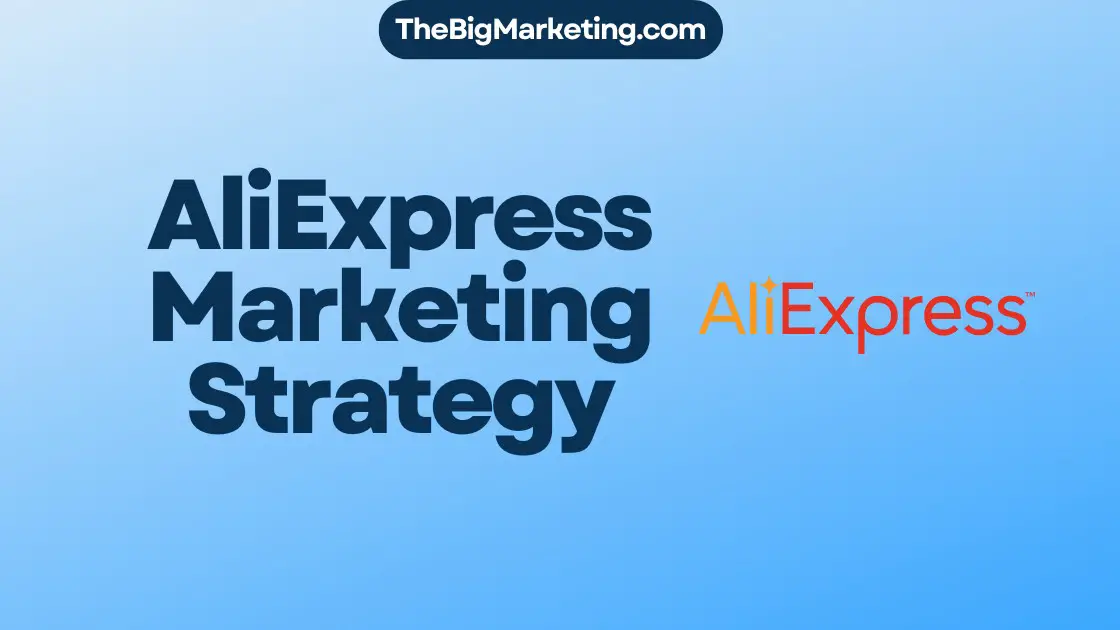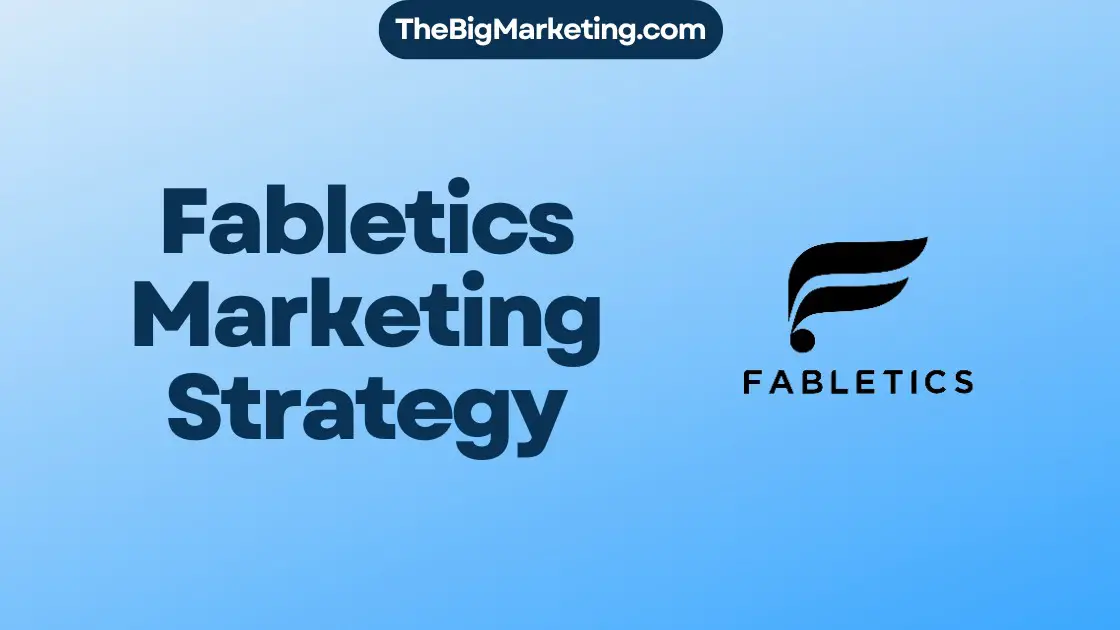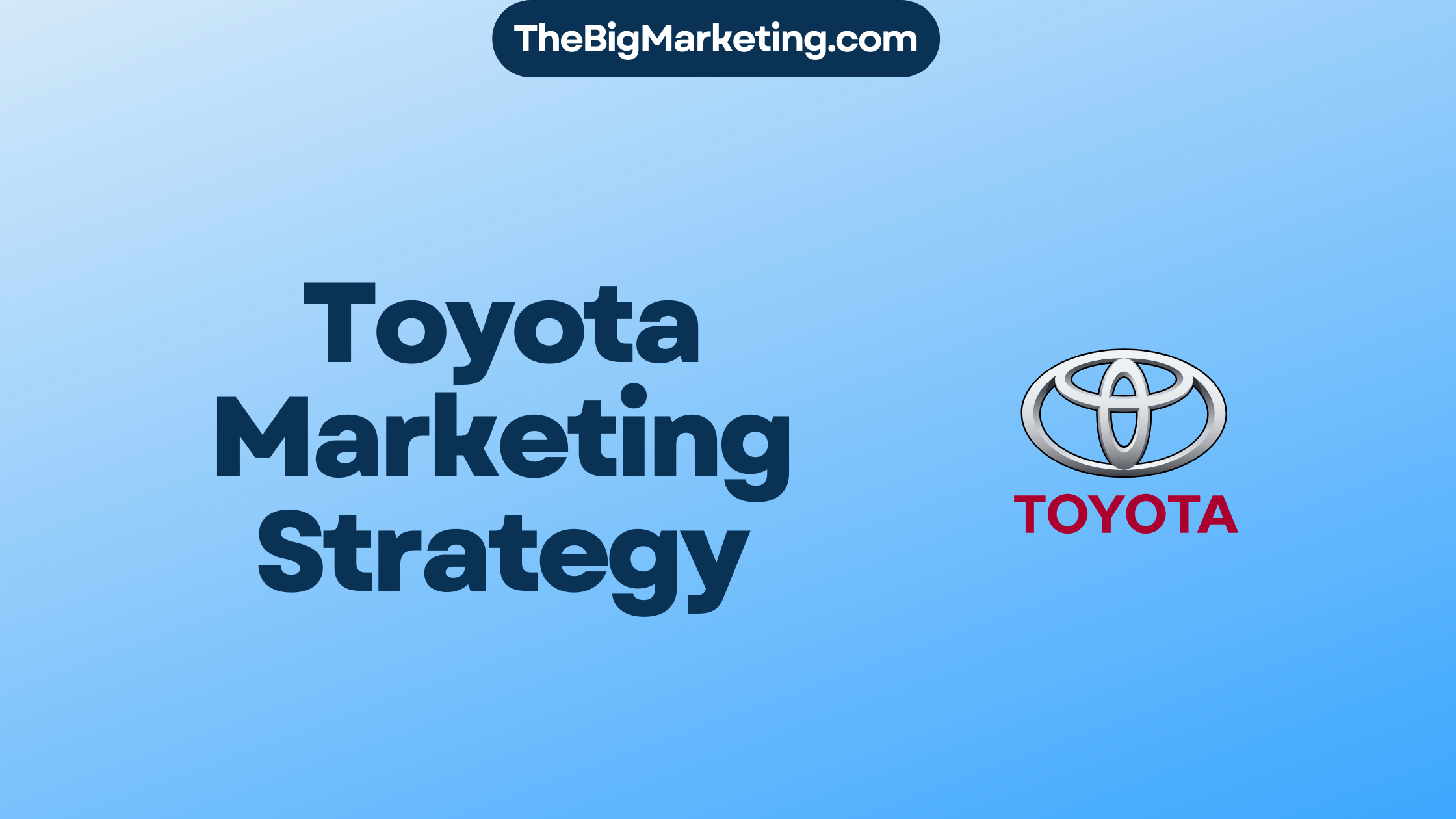Cost Per Result (CPR) is key for figuring out if a campaign is worth the money. It looks at costs for results like conversions or downloads. This helps businesses see how well their ads are doing. It’s different from Cost Per Mille (CPM), which only tracks how many see the ad, not the results.
CPR is super important in digital marketing. It lets companies see how much bang they get for their buck. By diving into CPR, marketers can create better ads, spend money wisely, and kick their marketing game up a notch.
Key Takeaways:
- CPR is a vital metric in digital marketing that measures the cost per specific result.
- It provides insights into the success of ad campaigns and helps optimize ad spend.
- CPR differs from CPM, which focuses on cost per 1,000 impressions.
- By tracking CPR, businesses can make data-driven decisions and improve their ROI.
- Understanding CPR is essential for developing effective marketing strategies and campaigns.
Understanding CPR vs CPM
Digital advertising campaigns rely on key metrics like CPR and CPM to measure success. Each metric focuses on a different aspect of ad performance.
CPR, or cost per conversion, tells us how much it costs to get a lead or sale. It helps us see how effectively an ad campaign gets people to act. CPR is key for campaigns aiming for conversions to get a good return on investment (ROI).
CPM, or cost per thousand impressions, shows the cost to reach a thousand viewers. It’s about measuring ad exposure, not just actions. CPM is usually for brand awareness, aiming to reach a wide audience.
Understanding CPR and CPM helps marketers choose the right metric for their ad campaign goals. If the aim is leads or sales, CPR shows how well the ad performs in getting those results. For broad brand awareness, CPM measures ad reach and exposure effectively.
The Benefits of CPR and CPM
Both CPR and CPM bring their own benefits to advertisers:
- Cost per conversion (CPR): Tracking CPR helps marketers focus on cost-effective strategies. They learn which campaigns or channels generate the most conversions at the lowest cost. This leads to better ROI and campaign performance.
- Cost per thousand impressions (CPM): CPM gives insights into ad reach and exposure. It shows how well ads engage the audience and get attention. This highlights the effectiveness of ads in reaching the target audience.
By using CPR and CPM together, marketers get a full picture of their ad campaign’s success. They can fine-tune strategies for desired actions while also maximizing ad reach and exposure.
CPR and CPM give different views on ad effectiveness. Understanding both helps marketers improve their ad strategies, manage budgets better, and achieve stronger results.
Calculating CPR and its Benefits
Calculating CPR (Cost Per Result) is key for effective ad campaigns. It tells you how cost-effective your ads are, focusing on results like conversions or clicks. With this info, marketers can better use their budgets. They can boost their return on investment (ROI) and learn more about who they’re reaching and the best strategies.
To figure out CPR, just divide your total ad spend by the number of results you got. This tells you how much each result costs. This way, you can see how well your ads are doing.
Tracking CPR has big advantages for advertisers. It helps with spending your ad budget wisely. You can see where to cut costs and up efficiency. Knowing the exact cost per result helps in smart spending. This leads to more informed advertising choices.
Additionally, calculating CPR boosts ROI by guiding budget adjustments and setting achievable goals. It helps refine strategies and use resources well to increase returns. This process ensures that money spent on ads is effective and aids the campaign’s success.
Also, monitoring CPR gives deeper insights into who you’re targeting and what strategies work. By looking at different ads and their costs per result, marketers learn what connects best with their audience. These insights help shape more powerful campaigns and messages for better ad experiences.
By calculating CPR, marketers can vastly improve their ad campaigns. It enables optimized ad spending, better ROI, and valuable insights into audience and strategy. This unlocks the full potential of advertising efforts.
Cost Per Reach (CPR) on Facebook Ads
Cost Per Reach (CPR) is a way to see how effective Facebook Ads are at reaching people. It tells advertisers how well their money is spent in getting their ads seen. This metric is key for understanding if an ad campaign is doing its job.
To figure out CPR on Facebook Ads, divide the total ad spend by how many people saw the ad. Then multiply by 1,000. This shows the cost to reach each person, helping advertisers judge if their ad spending is spot on.
Expanding the target audience can help improve CPR. This means ads can reach more people, possibly leading to more people taking action. It’s a good move for making ads more cost-effective.
Another way to better CPR is by increasing the ad budget. More money means ads can reach more people. This method is great when the ads target the right audience with the right interests.
Making use of Facebook’s budget tools can also help with CPR. These tools smartly spread the budget where it works best based on data. It’s a clever way to make sure ads are as effective as possible.
Optimizing CPR lets advertisers get more out of their investment. It makes sure the ads reach the right people in the most efficient way.
Example of CPR Calculation on Facebook Ads
| Ad Campaign | Advertising Cost | Unique Viewers | CPR |
|---|---|---|---|
| Campaign A | $1,000 | 10,000 | $100 |
| Campaign B | $2,500 | 15,000 | $166.67 |
| Campaign C | $5,000 | 20,000 | $250 |
Choosing Between CPC and CPM
CPC (Cost Per Click) and CPM (Cost Per Impression) are two popular advertising models. Knowing how they differ is key to your choice. This choice impacts how you plan your ad campaigns.
The Basics: CPC vs CPM
CPC means you pay every time someone clicks on your ad. It’s great for campaigns aimed at getting web traffic or leads. With CPC, you pay only for clicks, making your ad budget efficient.
CPM is about paying for ad impressions – that’s every time your ad shows up 1,000 times. It’s used for spreading brand awareness. With this model, you pay for views, not clicks.
Which Model to Choose?
Your choice between CPC and CPM should be based on what you want from your ads. Let’s think about a few things:
- Campaign Objectives: For generating leads, CPC is often better. It ties your spending to real results. But for building your brand, CPM might be the way to go.
- Budget Allocation: If funds are tight, CPC helps make every dollar count by ensuring you only pay for clicks. If you have more to spend, CPM can help increase your ad’s visibility.
- Ad Performance: Watching how your ads perform helps you choose. If clicks and conversions are your goal and they’re coming in strong, stick with CPC. For brand awareness, if your ad gets a lot of views, CPM could be your best bet.
In the end, knowing your goals, budget, and what outcomes you’re after will guide your choice between CPC and CPM. Some platforms let you try both to see which works best for you.
| Comparison | CPC | CPM |
|---|---|---|
| Definition | The cost per click, advertisers pay for each click on their ad. | The cost per thousand impressions, advertisers pay for every 1,000 ad impressions. |
| Ideal for | Paid search campaigns | Brand awareness campaigns |
| Payment | Only pay when someone clicks on the ad. | Pay for every 1,000 ad impressions. |
| Benefits | Allows budget allocation towards actual results. | Maximizes exposure and brand visibility. |
Understanding CPA and CTR
In digital advertising, measuring ad campaigns’ success is key. CPA (Cost Per Acquisition) and CTR (Click-Through Rate) are vital metrics. They help understand and improve ad campaign performance.
What is CPA?
CPA means Cost Per Acquisition. It shows the cost to achieve an action, like a sale or download. This measure is crucial for seeing if ad campaigns are making money. With CPA, companies can see how well their ads are doing. They can then use their money more wisely and reach their goals.
What is CTR?
CTR stands for Click-Through Rate. It’s about how many see an ad versus how many click on it. A high CTR means the ad is working well. It’s catching people’s attention and getting them to act.
To find CTR, divide clicks by views and multiply by 100. For instance, an ad with 100 views and 10 clicks has a CTR of 10%.
| CPA | CTR |
|---|---|
| Measures the cost of delivering a specific action or result | Measures the success of an ad in generating interest and engagement |
| Helps determine the direct revenue impact of ad campaigns | Provides insights into ad campaign performance |
| Enables optimization of ad spend | Indicates the effectiveness of the ad in driving clicks |
CPA and CTR are key for ad campaign success. They help advertisers improve their ads. By looking at CPA and CTR, marketers can see what needs to get better. They learn how to target better and make more from their ads.
The Importance of CPL
CPL (Cost Per Lead) is a key number in getting good leads. It shows the cost to get a solid lead, like a subscriber or future customer. Knowing the CPL helps in figuring out the lead source and the expense of turning them into buyers.
Unlike CPA (Cost Per Acquisition), CPL looks at the long sales process. It sees the worth of leads in the marketing plan. By looking at CPL, advertisers can see how well their lead-getting works. They can then improve their ad campaigns.
For a business to grow, getting high-quality leads is a must. CPL shows how cost-effective these efforts are. This lets marketers tweak their plans to get the most out of their money.
Keeping an eye on CPL helps businesses find the best lead sources. They can then put their efforts into what works best. This means better targeting, finer lead picking, and more sales.
To make the most of CPL, know the value of good leads. Use smart ways to draw and keep the right crowd. This means great lead magnets, landing pages, and lead-nurturing campaigns.
Benefits of CPL:
- Accurate measurement of lead generation costs
- Insights into the effectiveness of marketing campaigns
- Better allocation of resources to maximize results
- Improved targeting and lead qualification
- Increased conversion rates and sales opportunities
Putting CPL first in lead generation helps businesses. They can make their marketing better, keep getting solid leads, and grow over time.
Calculating and Analyzing Marketing Costs
To figure out your marketing’s return on investment (ROI), you need to know your costs. By learning the different marketing numbers and looking closely at costs, you discover how effective your ads are. This lets you make smart changes to your plans.
Check out the Cost Per Result (CPR), which shows the price for a specific outcome like conversions or downloads. Watching your campaign’s CPR helps you see what’s working and what’s not. Also, Cost Per Click (CPC), Cost Per Mille (CPM), Cost Per Acquisition (CPA), Click-Through-Rate (CTR), and Cost Per Lead (CPL) are key for understanding your ads.
Looking at these numbers gives you a clear picture of your ad campaign’s value. This info points out where you can use your budget better and up your ROI. Maybe you’ll adjust who sees your ads, tweak your message, or put more into what’s working. Knowing your costs is essential for smart choices.
When you’re working on finding out your marketing costs, a table like this can help:
| Metric | Description |
|---|---|
| CPR | Cost per specific result, such as conversions or downloads |
| CPC | Cost per click on an ad |
| CPM | Cost per 1,000 ad impressions |
| CPA | Cost per acquisition, such as a sale or download |
| CTR | Click-through-rate, ratio of ad views to clicks |
| CPL | Cost per lead, the cost of acquiring a qualified lead |
Use these metrics to guide your marketing cost analysis. This ensures your money is spent wisely, boosts your ROI, and hones your marketing tactics. In marketing today, making choices based on data is how you win.
https://www.youtube.com/watch?v=rm-Y1NNAF_A
Conclusion
CPR in Marketing is key to finding out how cost-effective ad campaigns are. It helps businesses know if they are spending their money wisely. By looking into CPR and other metrics like CPC, CPM, CPA, CTR, and CPL, companies can plan better strategies. This way, they can send the right messages to the right people.
Tracking and analyzing metrics give marketers insights into who their audience is. This knowledge lets them improve their marketing tactics and make choices based on data. Measuring CPR helps companies use their budget smartly. It ensures that every dollar spent brings in the results they want.
In today’s business world, smart marketing strategies are a must to stand out. Using metrics like CPR lets companies adjust their campaigns for better results. Knowing how to manage CPR and other important metrics means businesses can use their ad money better. This leads to higher ROI and success in their marketing efforts.







